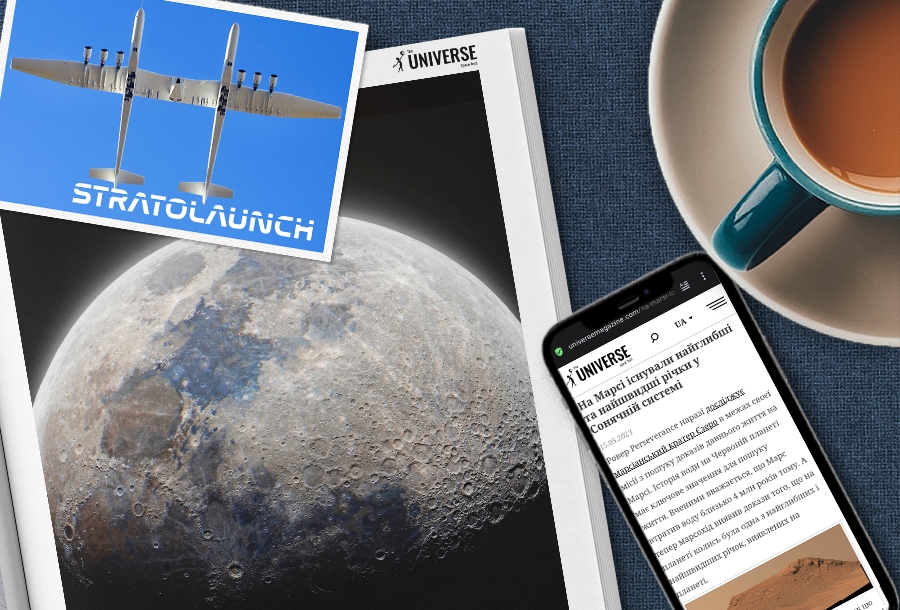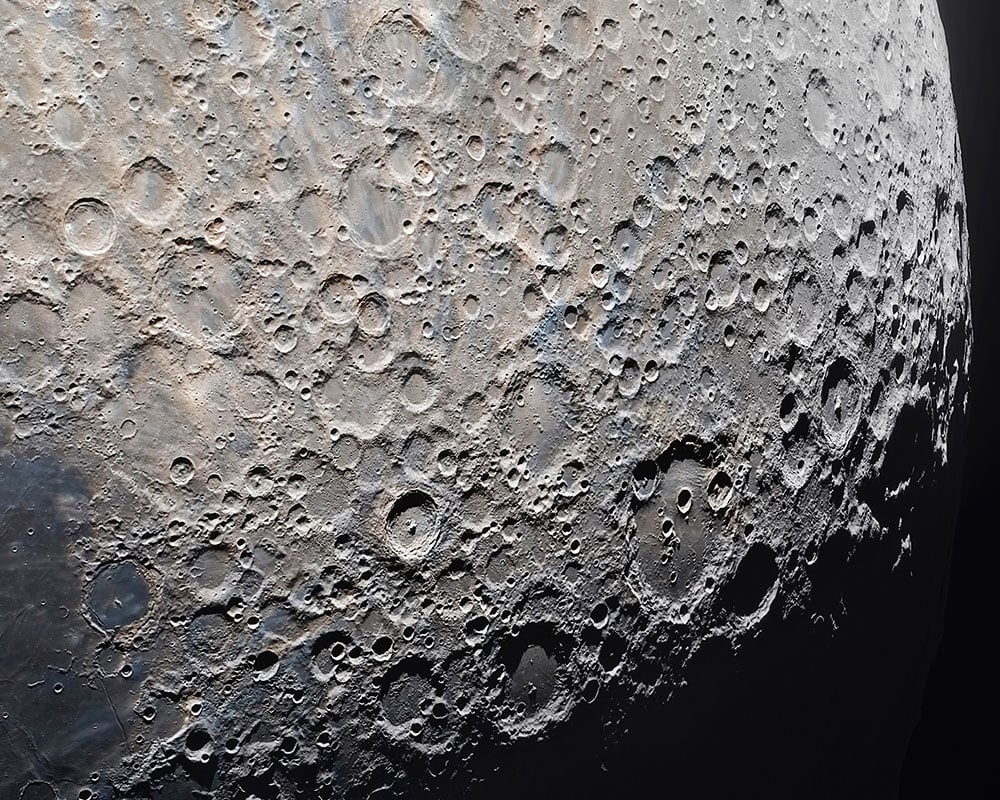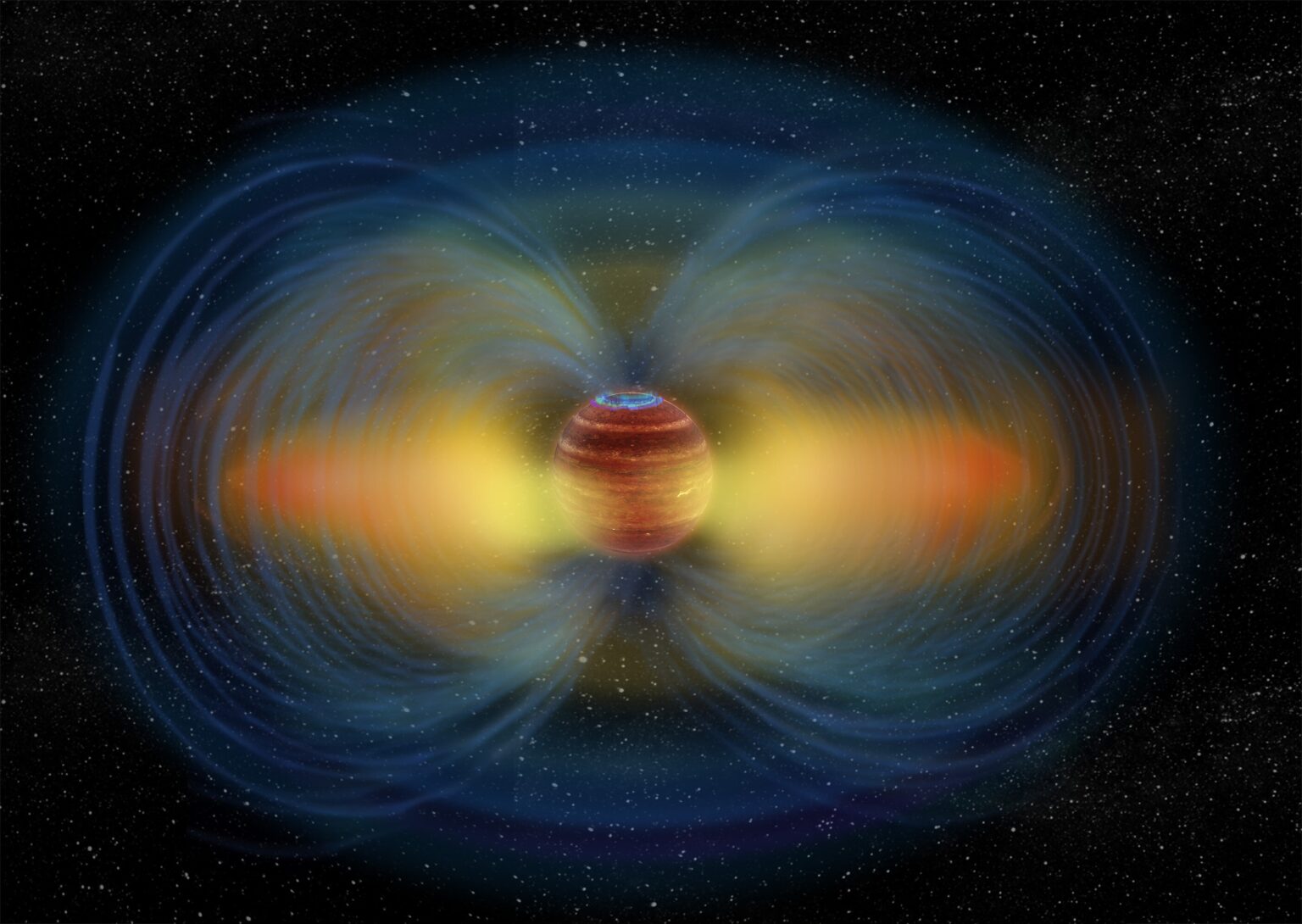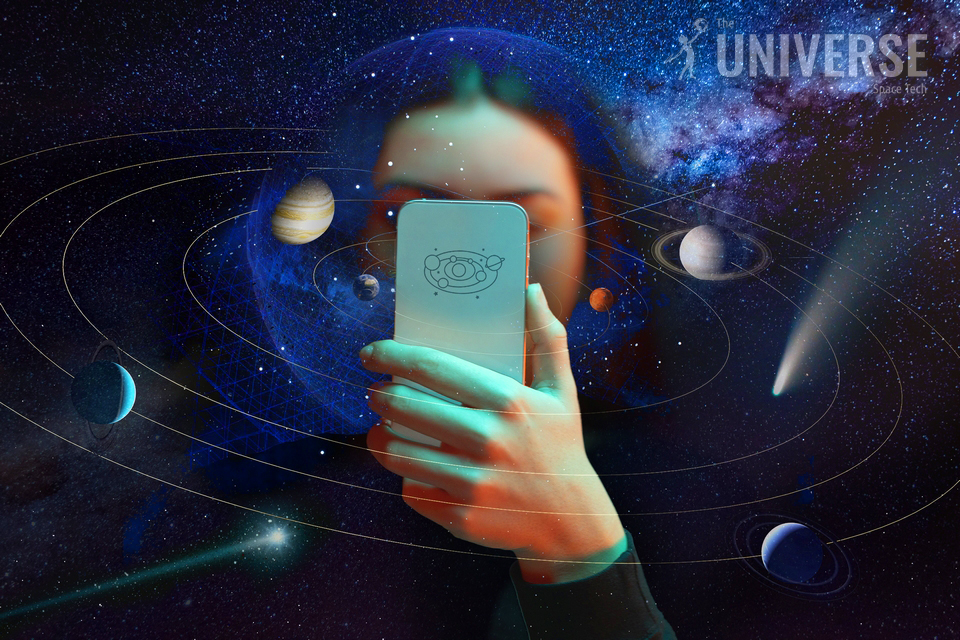The deepest and fastest rivers in the Solar System existed on the Red Planet; the European Space Agency developed an origami shield for spacecraft; and we are talking about the best astronomical applications for Android.

“Discovery consists of looking at the same thing as everyone else and thinking something different.”
― Albert Szent-Gyorgyi
Women on Mars: The first mission to the Red Planet will be led exclusively by female astronauts
We don’t know the names of the future Mars mission yet, but this historic flight may have an all-female crew. Keep in mind that this idea is not so much for the sake of gender equality as for efficiency from a scientific point of view, based on calculations as cold as deep space. The available evidence directly indicates that women would be more capable crew members during long missions off-Earth.
The researchers note that women are lighter and therefore need less oxygen and produce less carbon dioxide, suffer less heart attacks, and their reproductive system is less at risk of radiation. Scientists from the European Space Agency’s space medicine team have calculated that the average woman astronaut needs 26% fewer calories, 29% less oxygen and 18% less water than the average man. This means significant resource savings. For a 1,080-day space mission, in which the crew consists of four women, 1,695 kilograms of food will be needed less than for a mission in which only men will take part.
Stratolaunch’s Roc, the world’s biggest airplane, drops The Talon hypersonic vehicle
The world’s largest airplane, the Stratolaunch Roc carrier airplane, has successfully dropped The Talon hypersonic test vehicle (Talon-A0 or TA-0 for short). Thus, the company proved its readiness to conduct a real test of hypersonic flight in a few months.
Roc took off from the Mojave Air and Space Port in Southern California during its 11th test flight. Talon-A0 was installed on a pylon under the wing of a twin-fuselage Roc airplane with a wingspan of 117 meters. Heading west, the world’s largest airplane dropped The Talon when it was off the central coast of California. Since the test vehicle did not have an engine to develop hypersonic speed, therefore the Talon-A0 could only perform glider maneuvers and send telemetry data. The first prototype of the hypersonic vehicle also did not have a landing gear, so the Talon-A0 made a simulated landing and collided with water after testing. The carrier plane landed in Mojave four hours and eight minutes after launch.
JUICE is free! ESA saves mission to study Jupiter’s moons
ESA specialists managed to unfold the antenna of the RIME radar installed on the JUICE spacecraft. This is one of the key tools of the mission. It will allow us to find out what is inside the icy moons of Jupiter. Unfortunately, the unfolding of RIME did not go according to plan at all. The selfie cameras installed on the JUICE case showed that after launch, the antenna of the spacecraft opened only a third of the required length. This called into question the possibility of fulfilling a significant part of the mission’s scientific program.
After analyzing the telemetry, ESA engineers came to the conclusion that the opening of the antenna was prevented by a stuck pin with a size of only a few millimeters. To get rid of it, experts have taken a whole series of actions designed to “shake” the spacecraft. They included both periodic activation of JUICE engines and the use of sunlight to heat the radar. However, despite some movement of the antenna, its full release did not happen. Therefore, the engineers resorted to the last step. On May 12, they activated a mechanical device called a “non-explosive actuator” (NEA) located in a jammed bracket. This produced a shock that shifted the pin a few millimeters and allowed the antenna to unfold. But the last part of the RIME remained folded.
“Origami Shield” will cover spacecraft
The European Space Agency (ESA) has announced the development of a reusable heat shield of a new generation. It was created by engineers of the company Space Forge and was named “Pridwen” in honor of the shield of King Arthur. Entering the atmosphere is one of the most dangerous stages of any space mission. At this moment, the body of the spacecraft heats up to enormous temperatures and it actually turns into a giant meteor.
To date, the most common method of thermal protection of spacecraft is the use of ablative heat shields. Their principle of operation is based on the fact that they remove heat due to the gradual burning out of their parts. “Pridwen” has a different operating principle based on heat distribution. The innovative heat shield is a fabric formed from a high-temperature alloy. During the launch, it will be in a folded state, like an origami figure. The unfolding of the “Pridwen” should be carried out before entering the atmosphere. It has a large enough area so that the flow can spread evenly over it, gradually removing heat.
Mars had the deepest and fastest rivers in the Solar System
The Perseverance rover is currently exploring the Martian Jezero crater as part of its mission to find evidence of ancient life on Mars. The history of water on the Red Planet is key to the search for life. Scientists believe that Mars has lost water about 4 million years ago. And now the rover found evidence that the planet once had one of the deepest and fastest rivers discovered on the planet.
The Mastcam-Z instrument on board the rover took a series of hundreds of images that were glued into a panoramic mosaic showing a landscape called Pinestand. In the image you can see many layers of sedimentary rocks left by the ancient river. The structure of sedimentary rocks indicated that the river that flowed here millions of years ago was fast and very deep.
Photo of the week

Astrophotographer Andrew McCarthy created GigaMoon, a 1.3-gigapixel highly detailed image of the Moon made from 280 thousand individual photographs. McCarthy spent a lot of time creating gigaphoto, and several times his work was almost disrupted due to bad weather conditions. To photograph, McCarthy used an 11-inch telescope with 2.5-fold magnification and a full-frame CMOS camera, which eventually gave him a focal length of 7000 mm. McCarthy said that during the performance of GigaMoon, his computer failed at least a dozen times. To view the full 1.3-gigapixel image (32,613 x 40,766 pixels), follow this link.
Interesting figure — 10 million times brighter

For the first time in history, scientists could see the presence of a radiation belt around an astronomical object located outside our Solar System. This discovery concerns a Jupiter-sized body located about 18 light-years from Earth. According to Melodie Kao from the University of California, Santa Cruz, the team successfully discovered a belt very similar to Jupiter’s radiation belts, but about 10 million times brighter, at an object that is almost 80 times the mass of Jupiter. Therefore, it is quite possible that in fact this object is either a dwarf star or a massive brown dwarf.
Something to read on the weekend

According to popular belief, science has become so complex that it is nearly impossible for non-experts to understand its intricacies. However, this is a narrow view. It’s important to remember that modern technologies provide everyone with many opportunities to explore the world of science and become a bit of a scientist themselves. All you need is a smartphone with the right mobile app and access to the internet. The editors of The Universe Space Tech talk about the best astronomical applications for Android. And also about the destruction by the Russians of the world’s largest radio telescope near Kharkiv and cooperation with NASA, Vyacheslav Zakharenko, director of the Radio Astronomy Institute of the National Academy of Sciences of Ukraine, tells in an interview.
Follow us on Twitter to get the most interesting space news in time
https://twitter.com/ust_magazine

